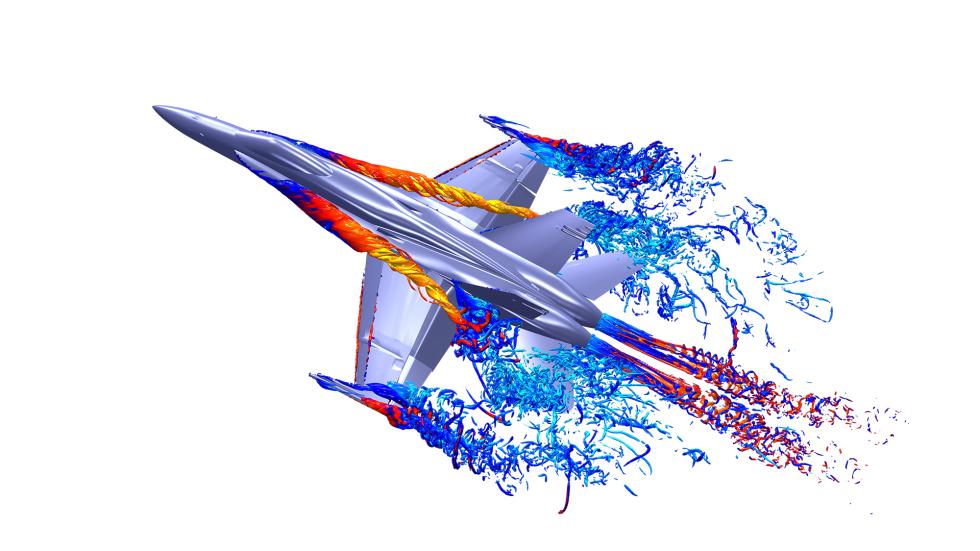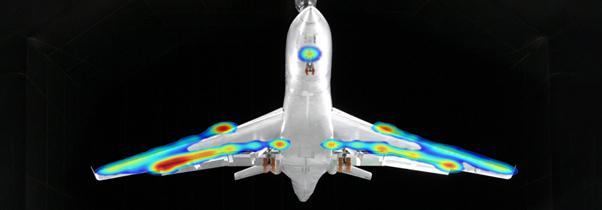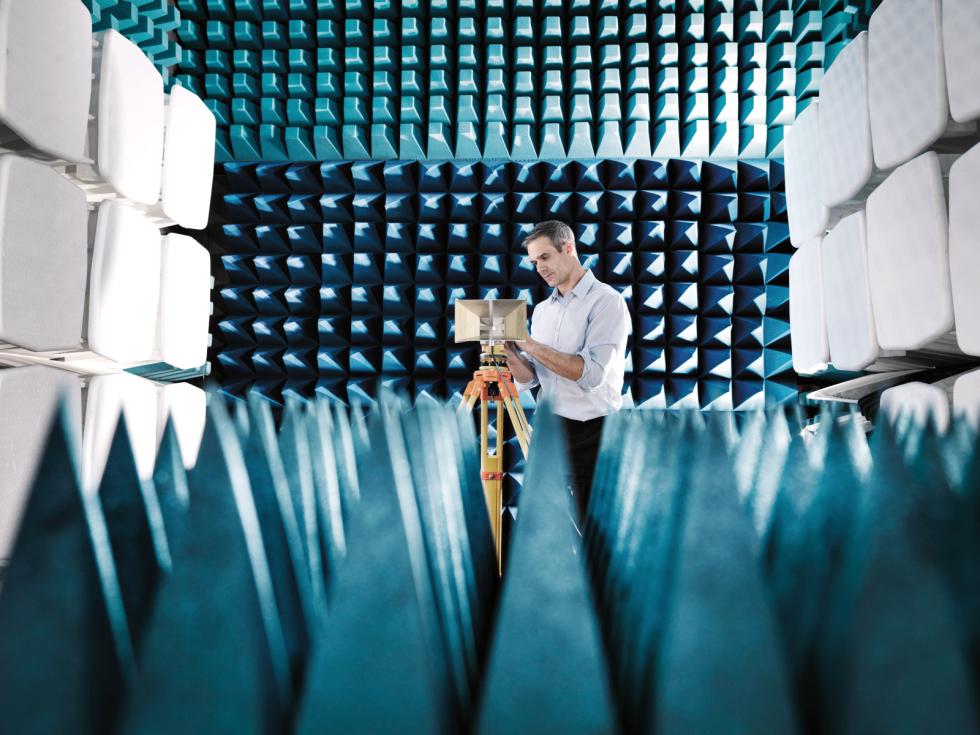Simulation and analysis of physical processes
A wide range of applications are covered with numerical simulations; from very low convective speeds up to hypersonic, steady state calculations and time resolved, including dynamic fluid structure interaction (FSI).
The reduced initial expenditure makes numerical simulations ideal for preliminary configuration studies. In conjunction with experimental data validation, CFD allows detailed flow analysis in the design envelope, which may not be entirely covered by wind tunnel testing.
Competence and experience at the highest level
Contact
RUAG AG
Schiltwaldstrasse 1
6032 Emmen
Software
There is no “silver bullet” in numerical flow simulation. To generate accurate results over the different aerodynamic regimes covered by our simulation capabilities, different solvers have to be used, each having its strengths and weaknesses. This leads to a mix of structured and unstructured solvers, based on Navier Stokes as well as Lattice Boltzmann approaches:
- NSMB (in-house code developed by CFSE, RANS, structured)
- XFlow (commercial, LBM)
- Star-ccm+ (commercial, unstructured)
Low-speed External Flow Simulation
Typical low speed applications for CFD at RUAG cover trains, turbofan simulators, aircraft, helicopter and all sorts of airfoils in high-lift-configuration (takeoff/landing). High lift configurations are often measured in the RUAG Wind Tunnel allowing direct comparison of CFD to experimental results.

High-speed Flow Simulation
Transonic, supersonic and hypersonic speeds are covered with high speed CFD methods. The application ranges from business jets and fighter aircraft, over missile payload fairings, small-arms projectiles up to reentry vehicles.
Internal Flow Simulation
A heavy focus in internal flow simulation at RUAG lies on the support for wind tunnel airline improvements and model equipment designs.
Heat, Ventilation and Air-Conditioning
Passenger comfort and air filtration play an important role in today’s aircraft design. Heat, ventilation and air-conditioning systems are often optimized using numerical simulation, e.g. CFD for cabin flow. These simulations are quite complex, as natural and enforced convection as well as radiation have to be taken into account. Additionally, the turbulent characteristics of these types of flow often require the use of large eddy simulation (LES).
Downloads
Would you like to learn more about our services? Here, you can download various additional information.
SUITABLE TOPICS FOR FURTHER READING

Aerodynamik Home

Acoustics

